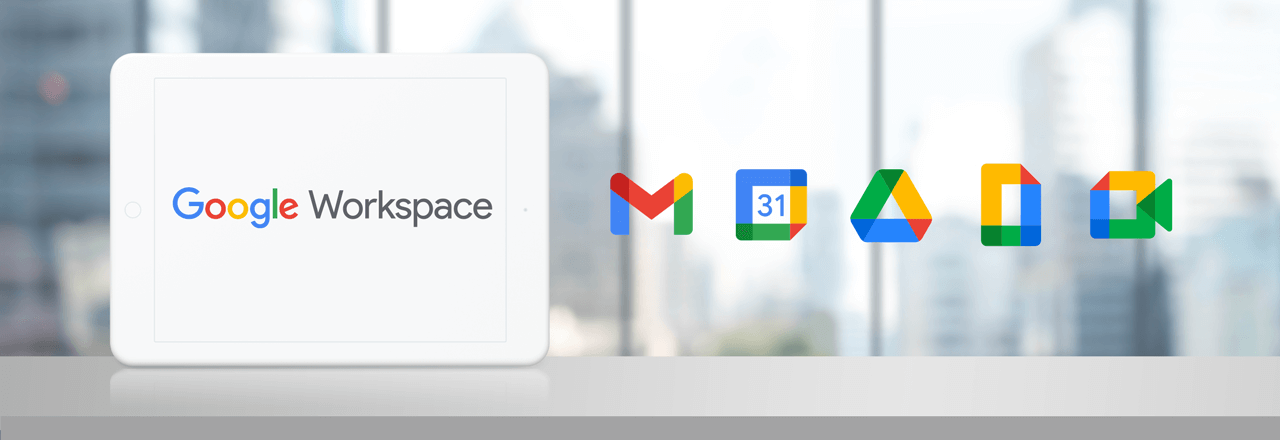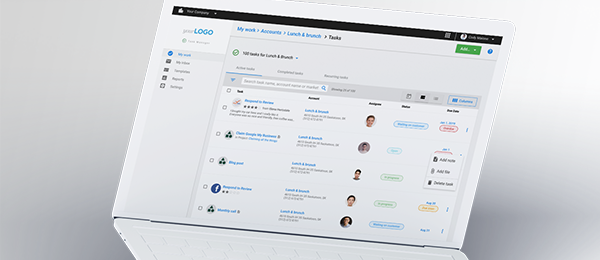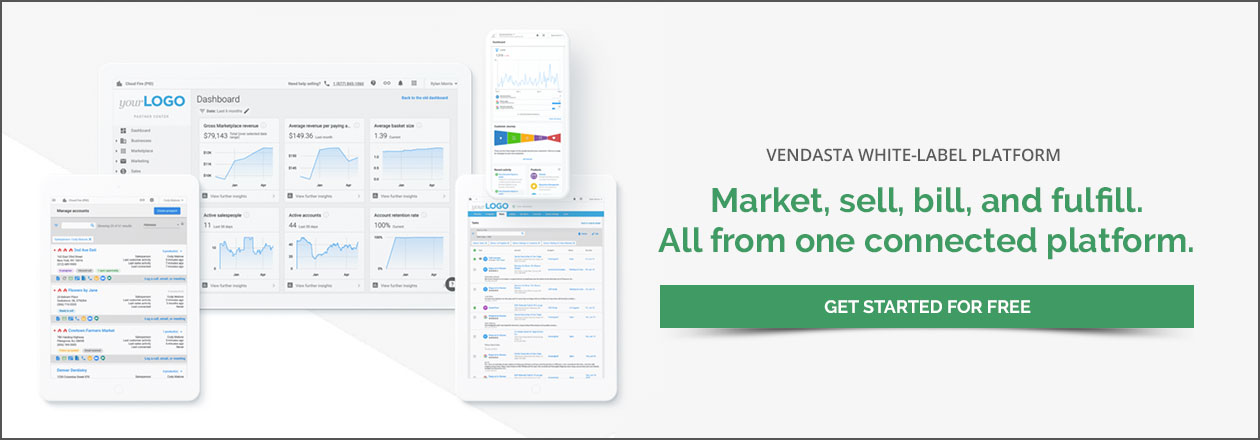COVID and the global pandemic quickly forced remote working for businesses everywhere and indications are that employers and employees may want to make it a permanent thing -- at least on a part-time basis.
Seventy-six percent of global office workers and 82 percent of U.S. office workers say they want to continue to work from home when the pandemic is over, according to a Global Work-from-Home Experience Survey.
On the employer side of things, the same survey report says, “a typical employer can save an average of $11k per half-time remote worker/year from a combination of increased productivity; reduced turnover, absenteeism, and real estate costs; and being able to continue working in the event employees can not get to work.”
It is estimated that by 2025 70 percent of employees will work remotely at least part of the time.
With all this in mind, here are some tools and infrastructure your business can use to quickly adapt and make the move to remote more efficient.
Tools needed for hiring
Hiring new employees is typically a face-to-face process. Meeting someone in person and interacting with them helps companies understand whether they would be a perfect culture fit.
However, when COVID-19 struck, face-to-face interviews and meetings took a hit as companies could no longer schedule physical interviews with potential employees.
So, how do companies solve the problem of hiring employees remotely while ensuring that they are a good fit when they can’t meet them in person?
Vendasta Talent Acquisition Manager, Celine Martin, has the answer. Martin says that Google Meet, Zoom, and other video platforms that are essential for many office activities, are now especially important when it comes to hiring new employees.
To ensure the safety of our own team members, as well as our candidates, we [Vendasta] have moved to conducting interviews through Google Meet for both sets of interviews.
She further adds that while the interview process itself hasn’t changed, the approach to interviews has definitely has. And that’s where video interviews come into play.
While both Google Meet and Zoom can be used effectively, with Google Meet and Google Workspace, you can easily integrate video meetings with your calendar and email, making for a more seamless and organized experience.
Help clients increase productivity and collaboration by reselling Google Workspace!
Tools needed for communication
There are largely two types of communication that businesses need to plan for:
- The small questions and comments throughout the day that need to be rapidly passed amongst team members.
- The longer, more involved group meetings.
For the small questions and comments, the messaging platform, Slack, allows individual and group conversations, which can be made either public or private.
It’s quick, easy, and secure, and companies can even create separate communication channels for partners, collaborators, and clients at other companies.
There are other alternatives that may be better suited to your work environment. If you’re already using Google Workspace, you likely know about its instant messaging capabilities.
If your team is just two or three people, you may prefer to just have a texting group, though this may not be the best option for work/life separation and balance. Google Workspace can be your go-to for team meetings and more involved discussions as well as instant messages.
Google Meet and Google Hangouts—Google’s video messaging tools—are some of the best options on the market for video calls with your team and clients. These applications are easy to use and access, and run smoothly.
Zoom is another option. While many companies use it successfully, there have been security concerns with the platform, and it is not integrated with other tools in the way Google is.
Tools needed for project management
Keeping shared tasks and projects on track can be a challenge when it comes to remote work. Likewise, managers need to be on top of individual progress.
Fortunately, there are tools specifically designed for solving these problems.
Vendasta Product Manager, Swapnil Tandon, recommends task management software as the tool to, “organize your day, empower transparent communication within your team, and show proof of performance.”
Tandon recommends using a task manager that’s able to update team members on the progress of their tasks, provide them with a to-do list, and clarify any pertinent due dates when they log-in each morning.
This needs to be information a team manager can also see. Users and managers should also get access to an aerial view of upcoming work so that they can schedule in time for heavier or more long-term projects and view their progress.
A project tracker integration allows employees and their managers to zoom in on individual projects and identify if things are on schedule, and can also tip managers off to project hangups that need to be addressed.
It can also identify if work is being held up by an external party (for example, a small business owner who needs to approve a design). A strong task manager should also include project templates to make initial project planning and set-up as quick and easy as possible.
Finally, you want a task manager that includes some sort of reporting feature that allows you to evaluate your team members’ work and productivity at the end of the project.
For digital marketing agencies, you should look for a tool that your clients can also access to check in on the progress of the work you’re doing for them.
This can be a great way to cut down on frantic emails coming into your inbox while creating a more transparent relationship with your business customers.
Tools needed for document sharing
Depending on the work a business is doing, they may find the need for document sharing and collaboration tools.
While the go-to tool for this used to be Dropbox, in the last few years it’s been left in the dust as Google Docs has leapt ahead in terms of functionality and ease of use.
With Google Docs, your team can collaborate and edit documents live and in real time -- no need to download a document, make changes, and upload a new version. Google Docs can track edits, lets you leave comments (and sends you an email notification that you can reply to right in your inbox), and allows multiple team members to work on the file at the same time.
Google Sheets has the same capabilities, but applies them to spreadsheets.
Best of all, if you have the full Google Workspace, all tools are integrated for ease of navigation and use. This includes email, Google Drive (which allows for both public and private storage), Google Hangouts (which can record your meetings and save them in your Google Drive), Google Slides (for presentations), and even G Suite’s new instant messaging feature, along with the aforementioned Google Docs and Google Sheets.
Tools needed for payroll and HR
If you’re still functioning with the same team prior to going remote, you may already have your payroll established. However, many workplaces are realizing that a remote workforce opens up opportunities for bringing on overseas team members.
While this brings many benefits to an organization, one challenge can be figuring out how to pay team members across borders and in different currencies.
There are specific laws and regulations about taking on remote employees, and hiring such people may not be possible depending on where you’re from. Besides legalities, providing regular employee benefits and tax management to someone overseas might be impossible, or pretty close to it.
Generally the way of getting around this is to hire the person as an independent contractor, someone responsible for their own taxes and benefits.
Transferwise is a safe, secure, and easy online tool for sending money transfers across the world. Simply set your employee up as a payee, much like you would do for direct transfers with domestic employees, and you can get them receiving regular payments hassle-free.
For those employees who are closer to home, generally the best tool in the industry is considered to be Gusto. With Gusto, you can manage payroll, HR, benefits, even onboarding and workers compensation. It is generally a solid option for any agency or small business client.
Another good option in the payroll and HR sphere is Bamboo. Bamboo has a super user-friendly interface that allows you and your employees to track vacation time, get paid on time, and monitor team culture and performance.
Tools with all-in-one options
With employees bouncing between an average of 9.4 apps each day, the phenomena of app fatigue is real. Therefore, it’s a good practice to cut down on your team’s stress by minimizing the amount of platforms you divide tasks into.
A great way to do so is to look for all-in-one options whenever possible.
Using Vendasta’s platform, companies can explore the option of running their businesses using a single end-to-end ecommerce platform. They can scale sales, marketing, fulfillment, and internal operations—all in the name of helping local businesses succeed.
The Local Business Online Toolkit allows marketing agencies to make use of a set of free tools that include ecommerce and online communication solutions that help them run their businesses remotely by being able to sell their products online.


 By
By 

